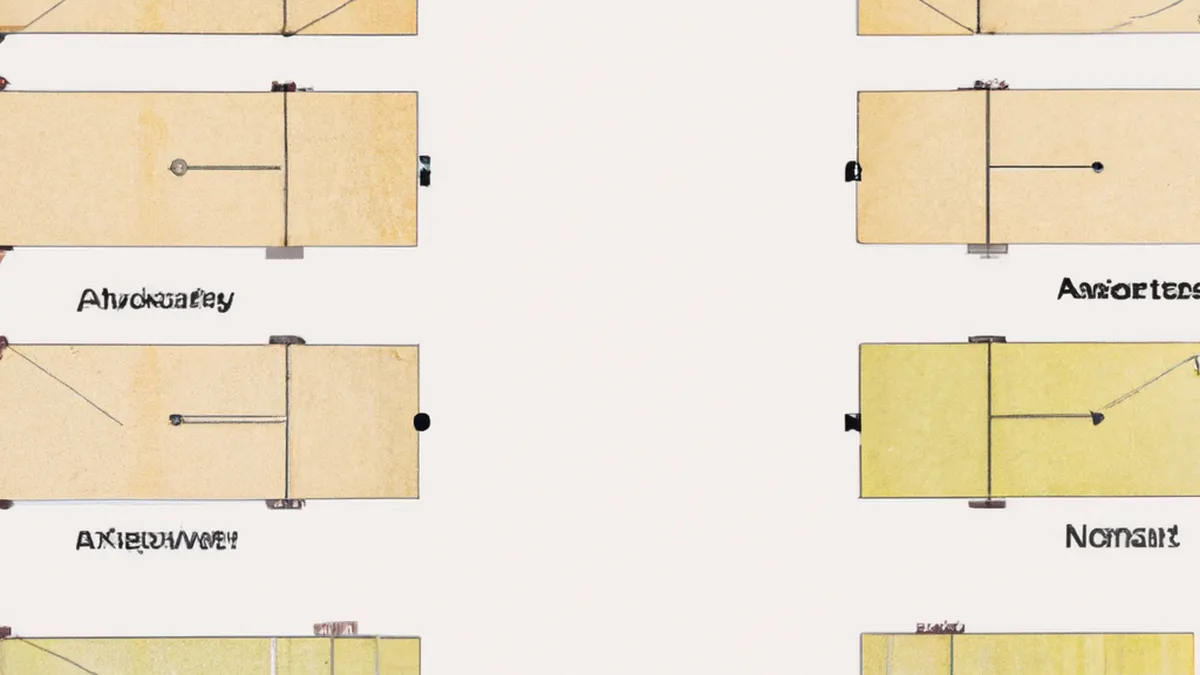Dynamic Strategies for Fielding Against Batting Styles
How to Craft Field Placements for Various Batting Styles
In cricket, field placement plays a crucial role in achieving success. A well-structured field can limit a batsman’s scoring and create wicket opportunities. Captains and bowlers must adjust their fields based on different batting styles. This guide explores various batting styles and offers strategies for effective field placements.
Understanding Batting Styles
Before setting your field, identify the batsman’s style. Batsmen generally fall into three categories: aggressive, defensive, and balanced. Each style demands a different field placement approach, which can significantly impact the match outcome.
Aggressive Batters
Aggressive batsmen score runs quickly and aim for boundaries. They take calculated risks to accelerate their scoring. Set a field that limits their options and creates pressure.
**Key Placements for Aggressive Batters:**
1. **Slip and Gully:** Position these fielders to catch edges from aggressive shots. Their closeness can lead to quick dismissals.
2. **Square Leg and Fine Leg:** These spots catch aerial shots, especially from pulls or hooks. Fielders here create pressure and lead to catches.
3. **Cover and Point:** Use these positions to cut off aggressive drives. An agile fielder at cover can stop boundaries and create run-out chances.
4. **Mid-off and Mid-on:** Depending on the bowler, these fielders contain boundaries and encourage risky shots from the batsman.
Defensive Batters
Defensive batsmen focus on preserving their wicket. They defend the ball and rotate the strike instead of scoring quickly. Your field should encourage shots that lead to wickets instead of runs.
**Key Placements for Defensive Batters:**
1. **Mid-off and Mid-on:** Keep these fielders close to encourage drives. Defensive batsmen often push the ball into gaps.
2. **Short Leg:** Place a fielder here to catch mis-hits or deflections. This position creates wicket opportunities, especially against spinners.
3. **Third Man:** This fielder prevents runs from edges and keeps the score in check. A well-placed third man stops easy runs.
4. **Deep Square Leg:** This position catches top edges from defensive shots aimed at pulling.
Balanced Batters
Balanced batsmen adapt their style based on the match situation. They can switch between aggressive and defensive play, making them versatile opponents.
Conclusion
Understanding batting styles and crafting tailored field placements enhances wicket-taking opportunities and controls runs. Use these strategies to improve your team’s performance.
Below are related products based on this post:
FAQ
What are the main batting styles in cricket that affect field placement?
Batsmen generally fall into three categories: aggressive, defensive, and balanced. Each style requires a different field placement strategy to effectively limit scoring and create wicket opportunities.
How can field placements be adjusted for aggressive batters?
To counter aggressive batters, set a field that includes positions like slip and gully for catching edges, square leg and fine leg to catch aerial shots, and cover and point to cut off aggressive drives. Mid-off and mid-on can also be utilized to contain boundaries and encourage risky shots.
What field placements are effective against defensive batters?
For defensive batters, position fielders at mid-off and mid-on to encourage drives, short leg to catch mis-hits, and third man to prevent runs from edges. Additionally, placing a fielder at deep square leg can catch top edges from defensive shots aimed at pulling.















Post Comment